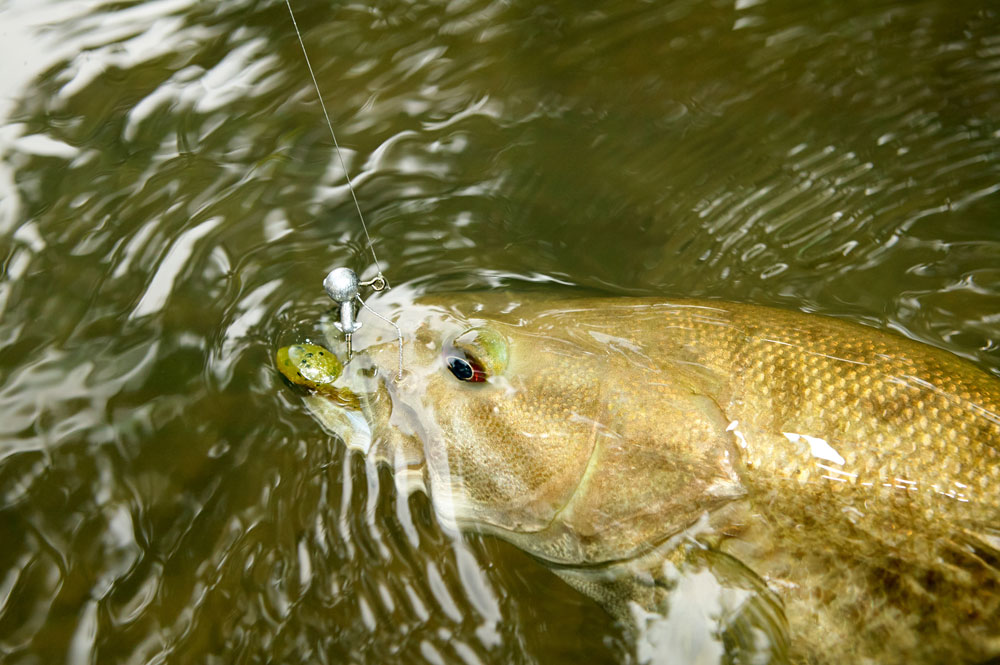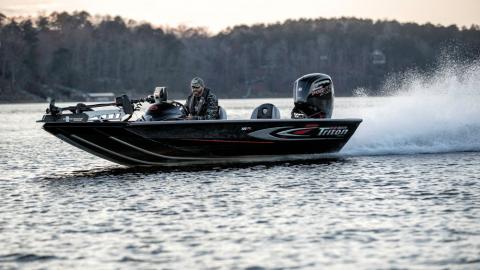provided by John E. Phillips
Why Live Bait Fishing for Summertime Smallmouths Starts with a Cast Net
One of the best big smallmouth bass waters is the Tennessee River, especially the southern half that runs through north Alabama, west Mississippi and south Tennessee. The two lakes that get the most publicity and produce the biggest smallmouths are Pickwick and Wilson lakes. However, these two lakes not only produce great smallmouth fishing, but equally as good, if not better, largemouth, spotted, hybrid saltwater and striped bass fishing and catfishing. Brad Whitehead of Muscle Shoals, Alabama, guides for smallmouths and other fish. To learn more about Whitehead, visit his Facebook page.

As a youngster in the late 1950s and early 1960s, my dad, my brother and I would go to Fisherman’s Resort in Town Creek, Alabama, below Wheeler Dam at the headwaters of Wilson Lake, and rent a wooden boat for $2 that came with a dog food can to bail the water out. My dad always brought with us one of the fastest motors on the lake, a 2.5 horsepower, which he cranked with a piece of cotton rope with a knot on one end of it and a wooden handle at the other. We’d catch fish all day long in the summertime in the Wheeler Dam tailrace.
Many things have changed since then, but the smallmouth fishing consistently has gotten better there.
Phillips: What’s it like to catch smallmouths? How do you catch them?
Whitehead: I’ve been fishing these two lakes, Pickwick and Wilson, since I was 6 years old. I’m 44 now, and I’ve been guiding for the last 20 years on the Tennessee River. I guide for both crappie and smallmouths. But, right now in the summertime, the smallmouth fishing on Wilson and Pickwick is absolutely fantastic. Now that the spawn is over, and the weather is heating up, the smallmouths are moving out into the current to feed on shad and other bait fish. If you like to fish artificial lures, top-water baits and/or jigs, they all will produce great smallmouth results.
In mid-July, I’m specializing in fishing with live bait, which means I’ll catch a variety of fish. We use live threadfin shad minnows, since every fish in the Tennessee River eats this bait. The main key to catching the bait and the smallmouths is current. After July 4th, these power-plant lakes start having constant current, and that’s what makes these fish bite.
Live-bait smallmouth fishing starts with a cast net, which we use to catch the live threadfin shad. We start out by throwing a cast net. If you want to get your own cast net and throw it, there are plenty of videos on YouTube on how to throw one. Most of the time you can see the schools of threadfin shad on top of the water. I like to find the shad in less than 10 feet of water and prefer a 6-foot cast net.




























